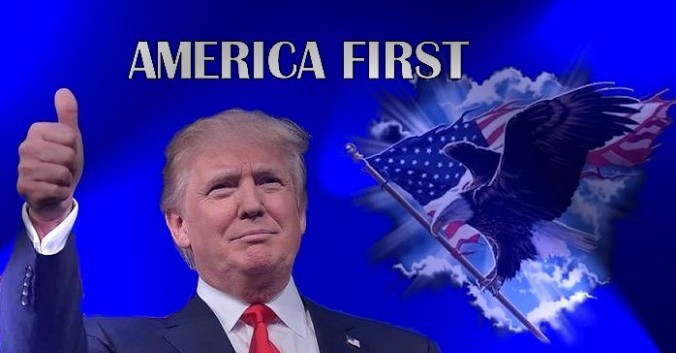
Unless you’re living under a rock, you heard Congress passed the Tax Cuts and Jobs Acts last year. As always, there are boos and yays for any bill our congressmen and congresswomen pass. Whatever your opinion is about the new tax bill, most popular part of the act was tax cuts!
Let me refresh your memory, so you can remember the specifics about the tax cuts. The Republican controlled Congress has simplified the income-tax code, which affects nearly every working American. The Tax Cuts and Jobs Acts suggests the current seven individual tax brackets into only four. These new tax brackets have new rates and thresholds for where higher taxes kick in. From the image below, the new bottom tax rate covers more income than the current 10% and 15% brackets do. As a result, the GOP is striving to lower taxes for many middle-class households. However, the wealthy are expected to face same tax rate, so their income tax will be unaffected by the newly proposed tax plan.
The Tax Cuts and Jobs Act also projects to lower taxes for various businesses. The Republican lawmakers plan to reduce corporate tax rates from ridiculously high 35% to 20%. This is huge for the United States as multinational corporations will keep more jobs in the country instead of outsourcing to developing nations for cheaper labor. The corporate tax code also includes 30% deductibility of cash flows, immediate deductibility in capital investments and removal of taxes on active foreign profits. If the bill becomes successful, the United States could enforce one of the lowest corporate tax policy in major developed nations.





